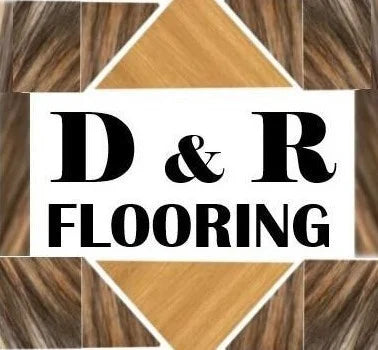Have you ever wanted to go to the fridge at the end of the night when everyone is asleep and get some ice cream or a drink, but when you walk on the parquet, the squeak of the boards wakes up the family? One of the problems that parquet flooring can find is its annoying squeak, and it does not matter if the parquet floor is covered with carpet or not.
You need to know the reason for this annoying noise before you decide to fix it. Parquet tingling is usually due to the loosening of the floorboards. Loose floorboards are rubbed against each other to make this sound, or they are rubbed on the underlying layer. Loose floorboards which are felt underfoot are in very poor condition and should be repaired immediately.
What are your options to stop the squeak?
Based on the intensity of the noise and the ability to access its origin, there are two options for fixing the sound problem on parquet flooring. Accessing the floorboards is more complicated than it sounds and requires patience and planning.
Before repairing the parquet, you can temporarily eliminate the squeak by lubricating the underlying layer and boards or anything else that produces noise. Graphite powder and talcum powder are excellent for lubricating the abrasion area and stopping the sound.
Sprinkle the powder on the boards that make the sound. To allow the powder to penetrate in between the boards, walk on the parquet to make a sound. Doing this opens the seams between the panels, and the powder enters them. Repeat this until the sound disappears or diminishes. Remember that using lubricating powder will not solve your problem for a long time and is temporary. After a while, you have to do it again or fix the problem once and for all.
Loosening of the nails or the lack of good nails in the boards is another possible reason for the squeak of parquet floors. If you have access to the underlying layer, you can take a look and see if there is a problem with the nails or the floor beneath the panels. If the problem was with the nails, nail it to the floor a few more times, which prevents the parquet boards from being pulled on top of each other, eliminates the sound.
But maybe the problem is something else and can not be solved by nailing. Again, if you have access to the floor substructure, you can look closely at the boards and ask someone to walk on the part where it makes a sound to find the origin of the sound. You can hammer between the gaps with a multi-layer hammer or wedge to fill the gap between the floorboards and layer underneath to stop the sound.
Other reasons for the annoying sound of parquet flooring can be weak support or a small number of wooden connectors that connect the panels. It is necessary to add a few wooden connectors or supports to prevent the floor substructure or parquet floorboards from hanging in both cases. You need to measure the gap accurately to find the proper support for it.
When screwing in from under the floor, the nail or screw should reach the main floorboard but not protrude from it. So choose a screw or nail that is not too long. Drywall screws are suitable for this because they reach the floor but do not pass through it.
Of course, repair work under the parquet floor and in the floor substructure has its advantages. Still, if for any reason you do not have access to the floor substructure, or you have glued carpet over the parquet, you may need to remove the carpet and screw or nail it from above. in a way that the head of the screw is level with the floor. Nailing or screwing it at the right angle can also be challenging. Measure carefully to make sure the nail passes through the wooden beam. If you are not sure if you can drive a nail or screw in the right place, you can use carpentry glue and a spatula instead. Apply carpentry glue between the parquet boards and insert it through the seams using a spatula. Place a heavy object on the glued part and let it harden. You may need to re-glue after hardening to make sure the gap is completely filled.
Although these methods can eliminate the squeak of the parquet, it may start to sound somewhere else, or the repairs you have made may not have completely eliminated the sound. Over time, parquet boards dry out, and noise is inevitable in some cases.

